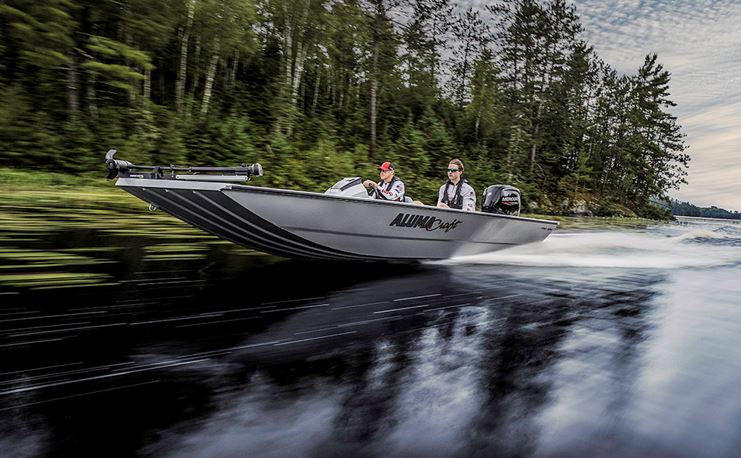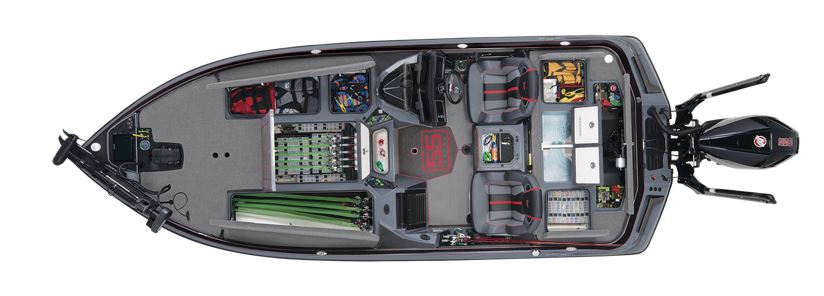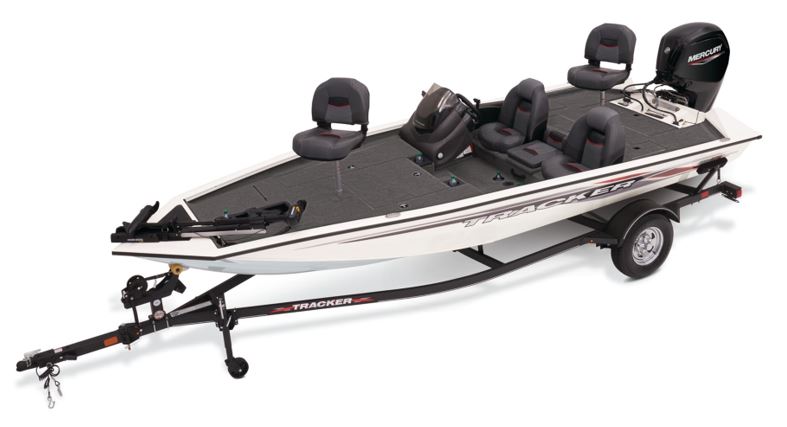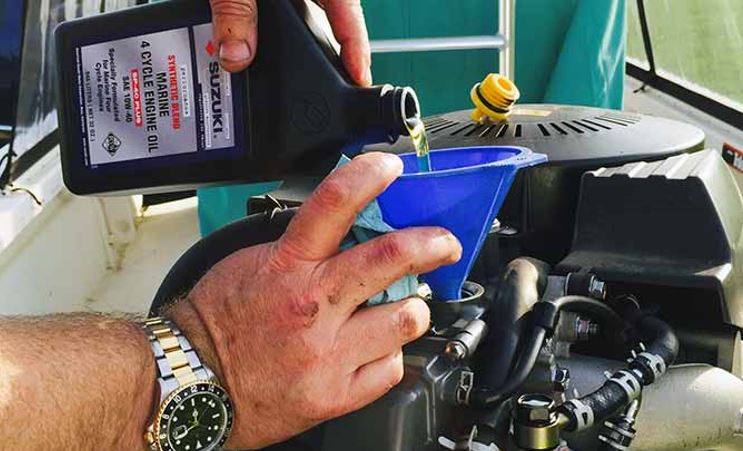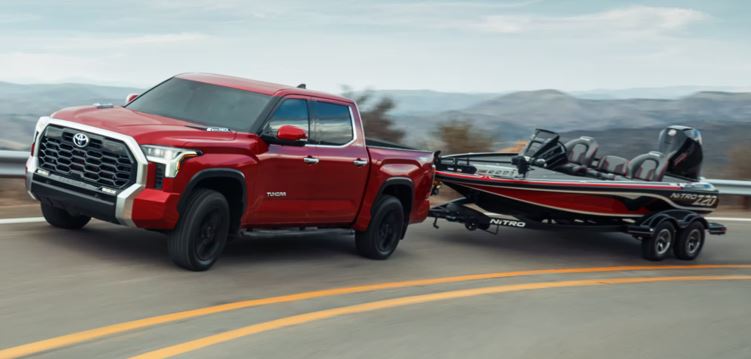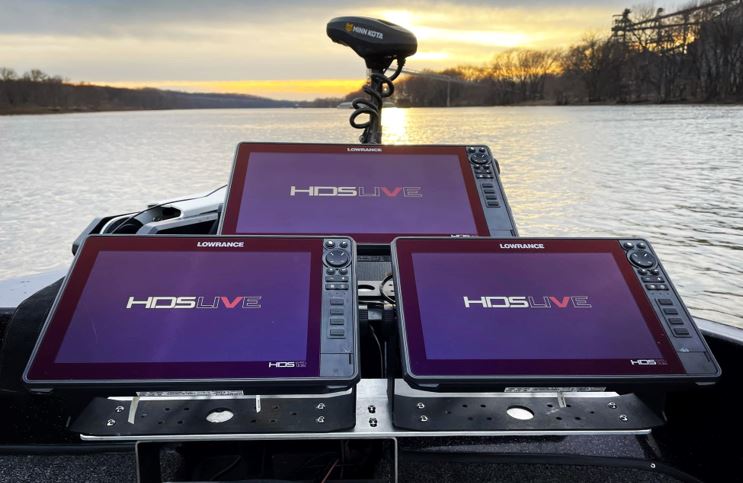Bass Boats
When it comes to finely-honed fishing boats, the bass boat may be the most effective fishing machine ever designed for a specific species. Whether you’re talking about small fiberglass bass boats, aluminum bass boats, big fiberglass bass boats or the all-around best bass boat on the face of the planet, virtually all aspects of this genre of boat are carefully considered by the makers of different bass boat brands to help you become a better angler for largemouth, smallmouth and spotted bass across America.
What They Do Best
Bass boats are not all-purpose boats. Design traits that make them so effective for bass angling, like the low profile, maximized casting decks and minimized seating mean that they won’t be the most useful boats for other activities. They’re not a good fit for carrying the family day boating if you have more than a single child. That said, like any boat you can do other things with them. Many people enjoy using them to pursue other species of fish, and some limited watersports and day boating abilities do come with owning a bass boat.
Advantages of Bass Boats
Bass boats are often crafted with an eye towards competitive fishing, with large aerated livewells where you keep the catch alive during a tournament for release after the weigh-ins, multiple high-end gps/fishfinders, fishing positions for two anglers (in tournaments the competitors commonly fish in pairs), and high-speed performance so you can beat the competition to the hotspots.
These traits also make them effective fishing machines for many of the other species found in the lakes and rivers where bass commonly prowl.
Bass boats are small enough to be easily trailered behind most mid-size pickups and SUV’s, and are easily launched single-handed if you know the tactics.
Lots of Speed
Whether you’re looking at the most expensive, fastest bass boat on the planet or you’re considering an economy model with a smaller engine, most bass boats have a high horsepower-to-weight ratio. In other words, for their weight comparatively speaking they tend to have more horsepower than other sorts of boats.
When driving them hitting speeds you’d drive a car on a highway is very common, and some high-end bass boats designed specifically for bass fishing competition will even leave dedicated speed boats in their wake.
Most tournament fishing boats—typically fiberglass boats 19’ to 21’ long—are powered by 250-hp outboards, which produce speeds in the low 70’s on most models.
Mid-size bass boats with 115- to 150-hp outboards might top out at 50 mph. And aluminum bass boats 15’ to 18’ long, powered by 50- to 90-hp outboards, typically run 35 to 45 mph at full throttle. (A few specialized welded aluminum bass boats are rated for 250 hp and run as fast as the faster fiberglass models, however.)
Spacious Room to Fish
One of the more unusual traits of a bass boat has to do with the deck layout. Since serious bassers tend to fish in pairs, the entire foredeck and the aft deck are each laid out for a single angler. All tackle and gear fits into boxes under the decks, with flush hatches so that the decks remain completely clear for the anglers to move around.
While this limits the number of people you can take fishing (though a third person will fit on most models, if you’re willing to squeeze in while running), it means that as you fish you have tons of elbow room and plenty of space to cast.
Ownership Costs of Bass Boats
Bass boats do tend to be more expensive than many other types of boats the same size, especially when looking at top-tier models that may be in the running for the best bass boat on the lake. Fully equipped models with tandem axle trailers, multiple depthfinders, 36 volt trolling motor, 250-hp outboard and dual automatic anchors regularly top $80,000, with some over $100,000.
At the other end of the scale, a package rig with a 17’ aluminum boat, single axle trailer, 12-volt trolling motor, single gps/sonar and 60 hp outboard goes for under $25,000. The main cost will be the initial purchase price, obviously. Once you take ownership of a bass boat, the related costs are minimal.
Maintenance Costs
The biggest maintenance cost associated with a bass boat is the engine’s regular maintenance. An annual oil change, oil filter and refilling the lower unit lube are about all it takes if nothing breaks.
Bass boats also tend to have a lot of pumps and accessories to accomplish their mission. The livewells tend to be more complex than those on other boats and may have timers and aeration systems, for example. These systems do require some additional maintenance over time but will almost always be covered under warranty for several years, so maintenance of these systems should be considered down-the-road costs.
Beyond that all you’ll need to buy at the start are some cleaning supplies. Keep that carpet clean—it will stain and look terrible after a while if you don’t keep fish blood and slime washed off.
Operational Costs
Since they do tend to have big motors, most bass boats consume more fuel than some other varieties of boats in this size class, and this will likely be your number-one operational cost. However, excepting those who fish on a professional competitive basis bass boats aren’t often used for long runs to distant spots. So, for most anglers this is a minimal cost. In addition to fuel, you should also plan for insurance costs.
You’ll need a truck to tow the boat on its trailer, and most capable of pulling over 5,000 pounds get less than 20 mpg, so highway fuel can be a cost factor if you live a long way from your favorite launch ramp. If you boat won’t fit into your garage, you’ll need to invest in a quality cover that keeps water, snow and ice out of it. You may also want to rent space in a locking storage building to keep the gear safe and new-looking.
Bass Boat Materials and Technology
Fully-equipped bass boats include some of the highest-tech fishing boats on the water, and bass boat technologies tend to advance rapidly. Many incorporate space-age materials and components in their construction to minimize weight while maximizing strength. Carbon and Kevlar fiber are used in some of the most costly—and fastest—models. Many bass boats are also rigged with the latest and greatest electronics. In fact, the electronics are now the most expensive parts of a fully-rigged bass boat after the outboard engine.
Equipping two 12” diagonal sonar/gps systems at the console and two more at the bow—common on boats set up for serious tournament fishing—can run to more than $20,000. Forward-scanning systems that allow anglers to see fish ahead of the boat are the latest iteration.
The cost is worth it to anglers competing for six-figure prizes. For weekend anglers, a small unit at the console and a 7- to 10-inch system at the bow suffice.
Most serious tournament competitors also now equip their boats with lithium batteries both for starting the outboard and for powering the trolling motor and electronics. The batteries weigh about 1/3 as much as traditional lead acid batteries, last longer and charge faster, but cost much more, $600 to $1200 per 12-volt unit. Single 36-volt lithium produce even greater weight savings, and are less costly than three 12-volters.
Shallow water anchors, automatic “spikes” mounted on the transom that can almost instantly anchor the boat in water up to 10 or 15 feet deep depending on model, are also a common cost—about $1,500 to $2,500 each, and two are commonly used on tournament boats.
And 36-volt trolling motors range in price from about $2,400 to $5,000 depending on capabilities and brand.
Bottom line is that premium tournament bass boats can be as costly as much larger vessels, but for those who need their specialized capabilities, the investment is part of the game. Whatever your budget and your fishing goals, you can probably find a bass boat to meet your needs in the 2023 crop.


